In 1962, as the world held its breath during America’s early space race, astronaut John Glenn made a bold request before blasting off on his historic orbital flight: “Get the girl to check the numbers.” That “girl” was Katherine Johnson, a brilliant African American mathematician whose handwritten calculations carried more weight than the most advanced computers of the time.
Her numbers were flawless. And thanks to her, Glenn safely made his three orbits around Earth. But that was only the beginning of Katherine Johnson’s extraordinary journey through NASA and into the heart of space history.
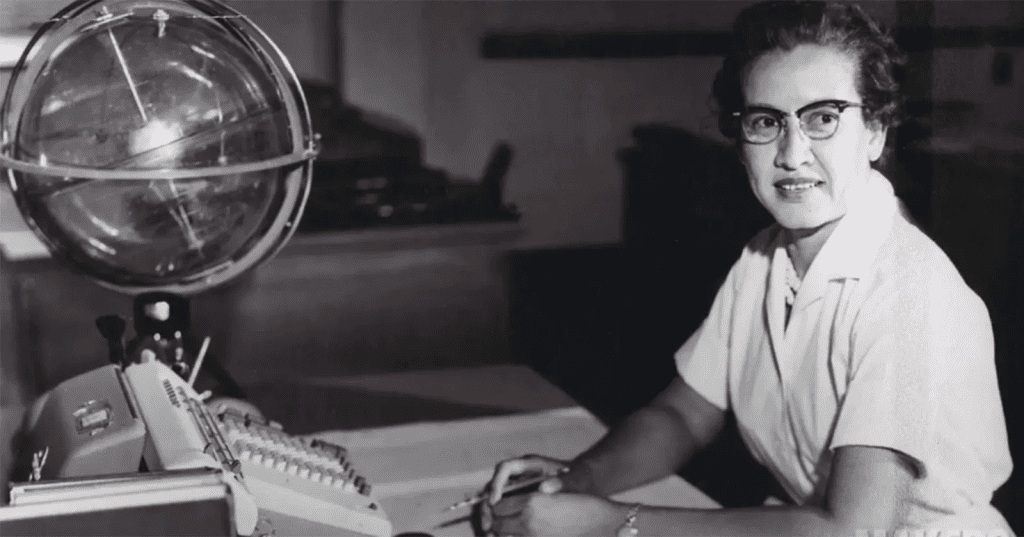
A Mind That Soared Beyond Limits
Born in 1918 in West Virginia, Katherine showed early signs of genius. She began high school at 10 and college at 15, eventually graduating with degrees in mathematics and French. She joined the National Advisory Committee for Aeronautics (NACA), the predecessor to NASA, in 1953. Her role? “Computer.” Not the machine but a human being who solved complex equations by hand.
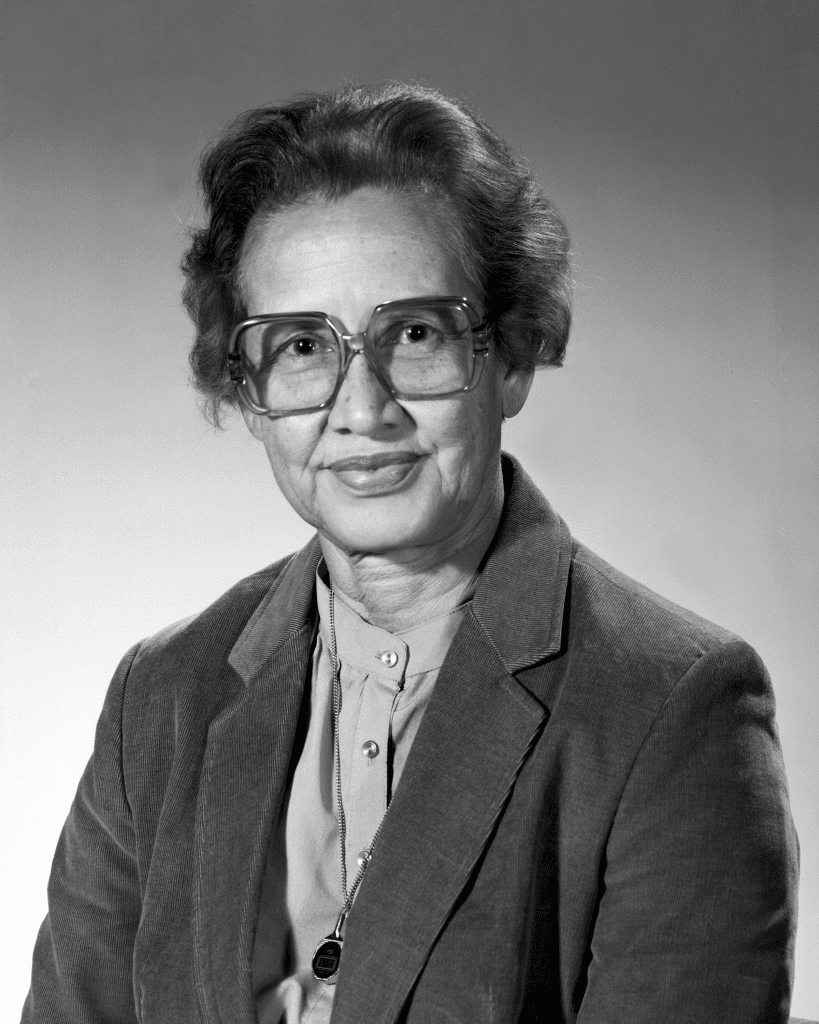
In a time when both race and gender presented steep barriers, Katherine’s intelligence was undeniable. She quickly stood out for her meticulous accuracy and uncanny ability to analyze trajectories and orbital mechanics.
Video:
NASA Trailblazer: Katherine Johnson | National Geographic
John Glenn’s Historic Flight
By the early ’60s, NASA had begun using electronic computers to chart flight paths. But these machines were new, and trust in them was shaky. As John Glenn prepared to become the first American to orbit the Earth, he wanted absolute certainty. He famously asked engineers to “get the girl”meaning Katherine“to check the numbers. If she says they’re good, I’m ready to go.”
So she did. By hand.
Using little more than a pencil, slide rule, and decades of mathematical mastery, she ran the same equations the computer had. Her calculations matched, and Glenn gave the green light.
The mission was a success, and so was Katherine.
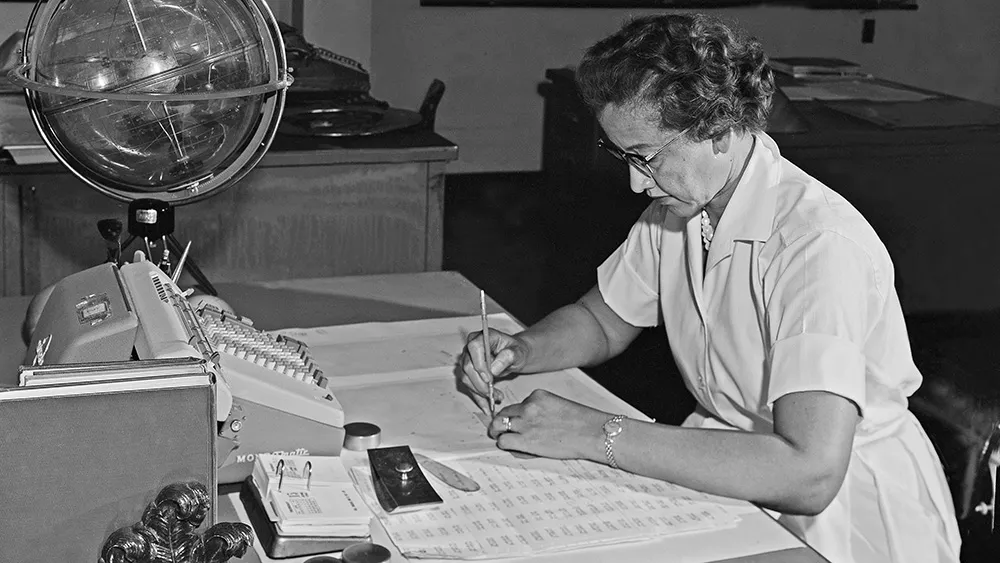
From Mercury to the Moon and Beyond
Katherine Johnson wasn’t done proving her brilliance. She later played a pivotal role in the Apollo 11 mission that landed humans on the moon in 1969. Her work helped pinpoint the precise time and location for the lunar module’s launch from the moon’s surface to rendezvous with the command module a process that had no margin for error.
Video:
Katherine Johnson: An American Hero
And when Apollo 13 suffered a near-disaster in 1970, Johnson’s emergency return trajectory calculations were key to bringing the crew safely home. Once again, her sharp mind became a lifeline.
A Quiet Legend Who Inspired Generations
Despite her immense contributions, Katherine remained largely unknown to the public for decades. It wasn’t until the 2016 release of Hidden Figures, a film based on the book by Margot Lee Shetterly, that her name became widely recognized.
Suddenly, classrooms around the world were buzzing with her story. Young girls especially girls of color saw in her a hero who looked like them. She broke ceilings quietly but with force, letting her math speak louder than any barrier could hold her back.
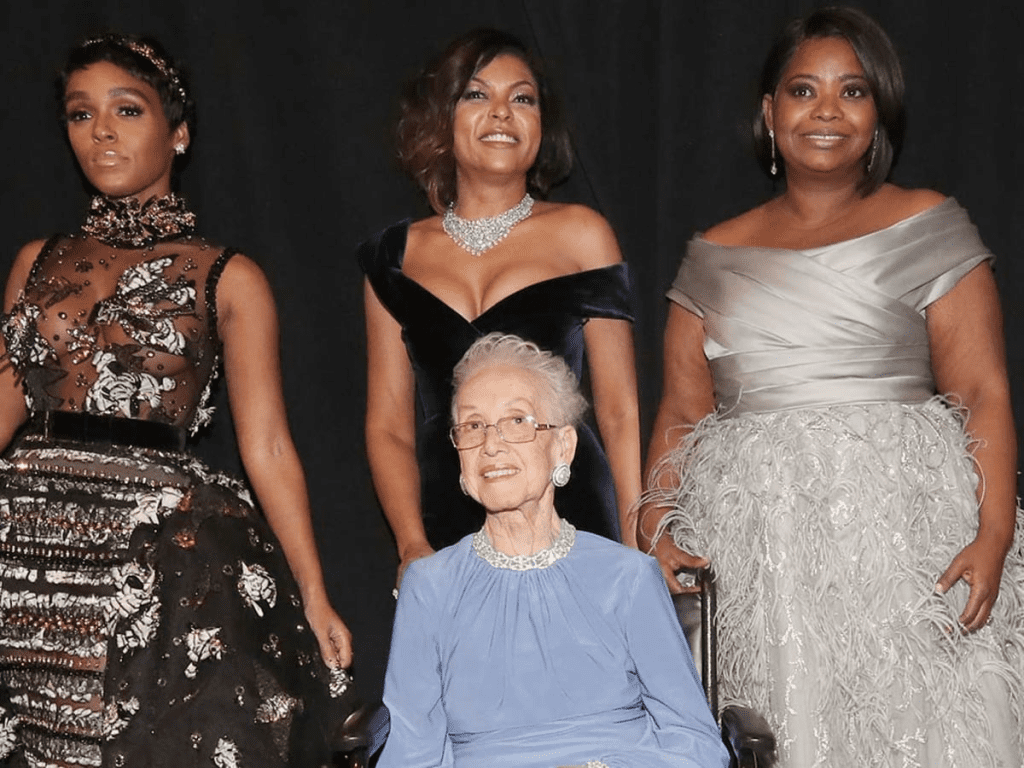
Legacy in the Stars
Katherine Johnson passed away in 2020 at the age of 101, having lived long enough to see her legacy properly honored. NASA named buildings after her, and in 2015, President Barack Obama awarded her the Presidential Medal of Freedom, the nation’s highest civilian honor.
But perhaps the greatest tribute to her life’s work? Every spacecraft that flies today still relies on the kind of math she once did by hand. Her fingerprints are forever etched into the cosmos.
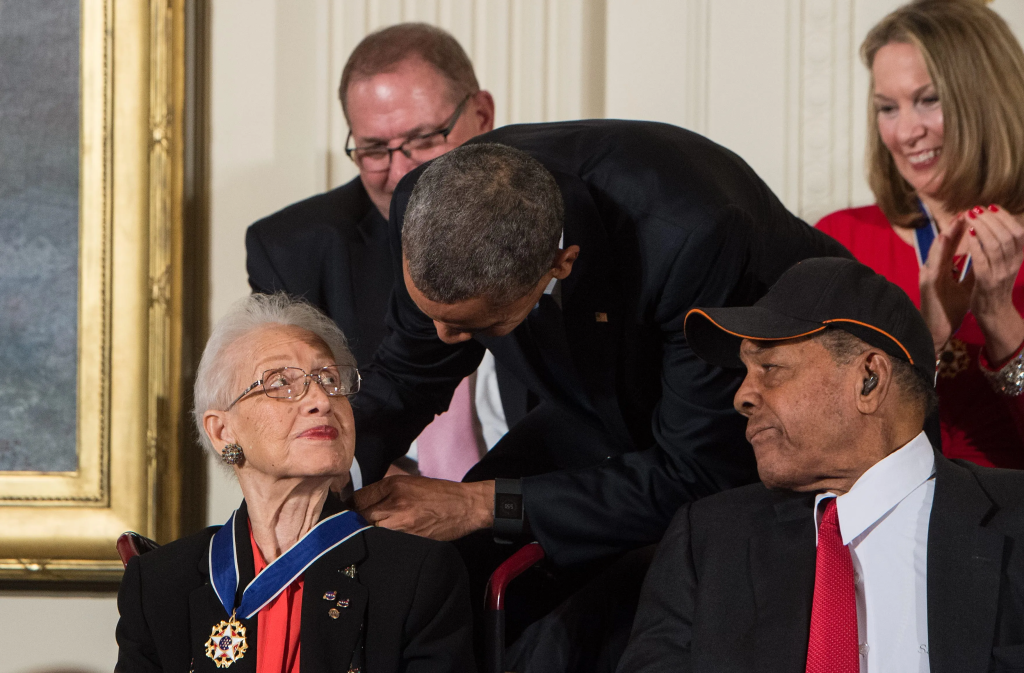
Conclusion
Katherine Johnson didn’t just calculate flight paths she charted a course for justice, equality, and excellence. She proved that brilliance knows no race or gender, and that sometimes, the most powerful computers are made not of circuits and wires, but heart and mind.


